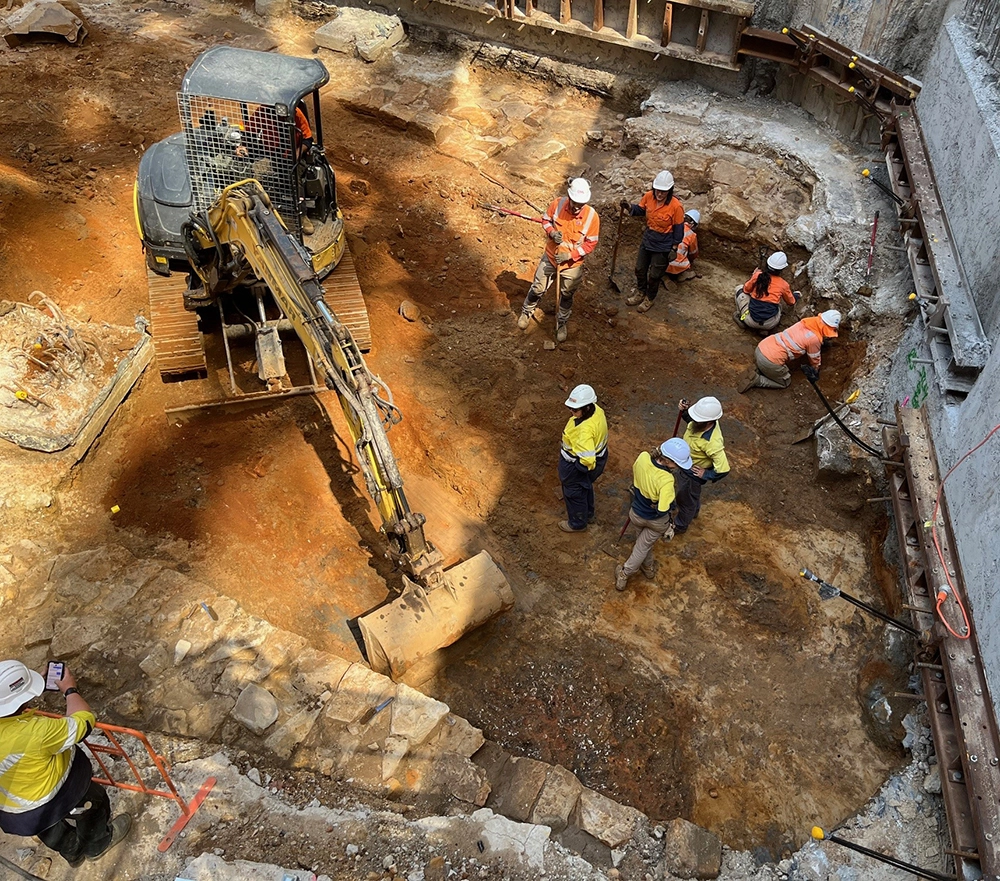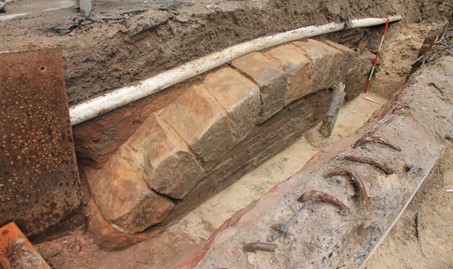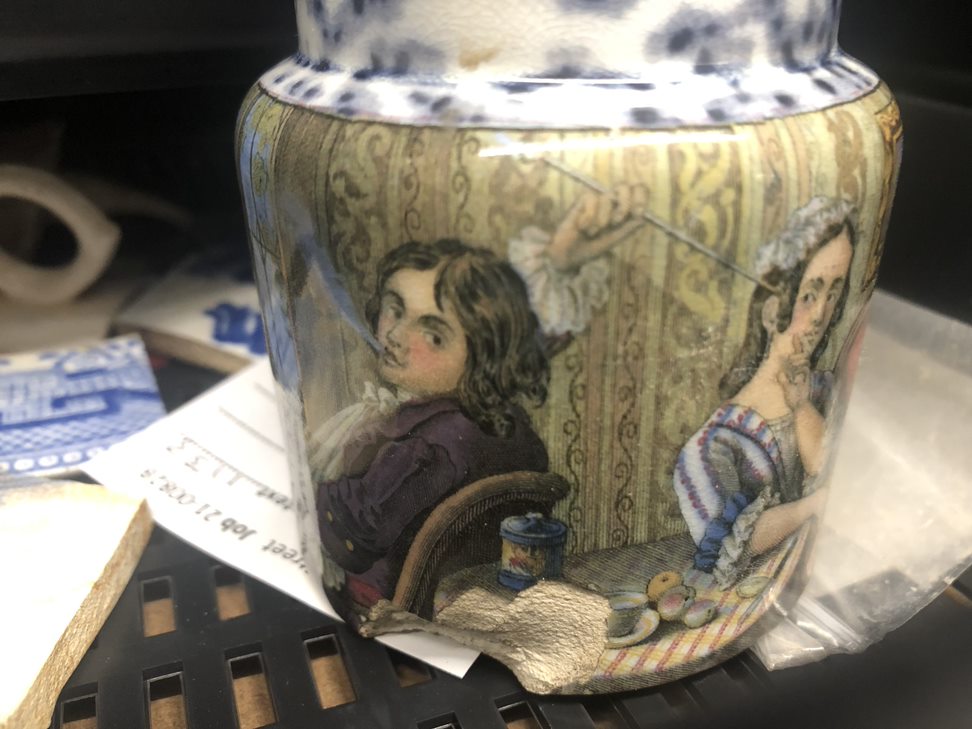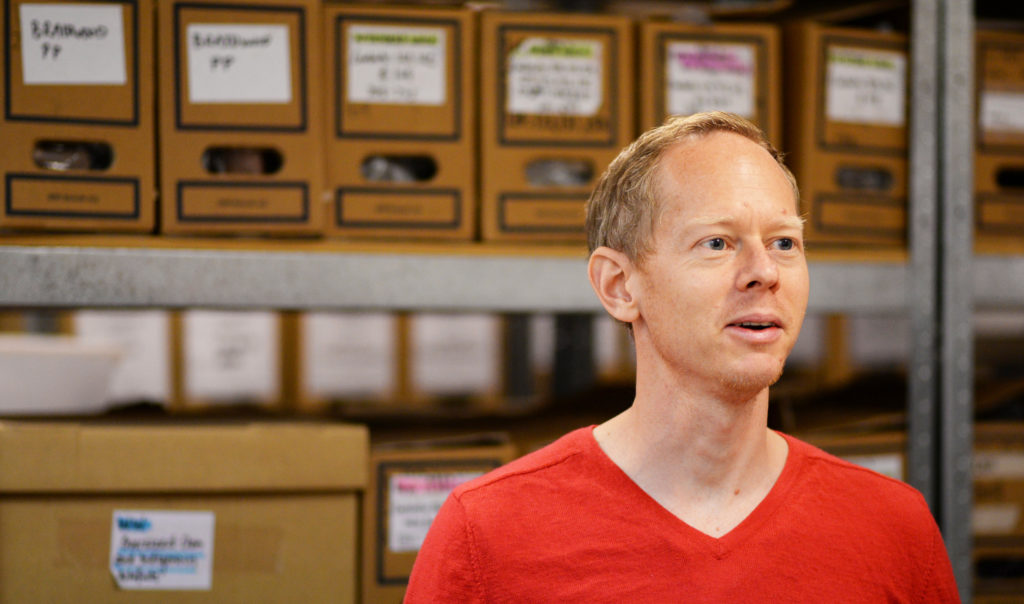
Uncovering Sydney’s hidden landscape
Sydney owes its existence largely to the location of the Tank Stream. Flowing into Warrane (Sydney Cove), the stream is an integral part of the city’s hidden landscape.
A vital fresh water source for the Gadigal people over millennia, the Tank Stream also determined where Governor Phillip settled the convict settlement in 1788.
Colonists quickly fouled the stream despite orders prohibiting its pollution. Livestock were not allowed to graze near the stream or drink from it. Rudimentary bark huts facing the stream were threatened with demolition if colonists were caught throwing their filth into the water.
By 1827 the stream had to be abandoned as a fresh water source. Replaced by other fresh water supplies and new infrastructure, the Tank Stream was gradually channelled into an enclosed, underground stormwater drain.
Today, channelised and encased in brick and concrete, it is hidden deep below metres of city development and bears no resemblance to its natural picturesque character.
Investigating the Tank Stream at 55 Pitt Street
Over three decades, GML has investigated the Tank Stream at points along its course, developing a historical narrative of this now-hidden subterranean landscape. Most recently, GML conducted investigations at 55 Pitt Street, a Mirvac redevelopment located within the original Tank Stream valley. From evidence salvaged during the archaeological investigations, new insights are emerging about this fresh water source and its transformation over time.
The project is currently in its post-excavation phase. Artefact analysis is almost complete, specialist soil analyses are under way and the final excavation report is being prepared. A relatively small artefact assemblage has survived from the site. The artefacts came from a range of deposits and locations, including yard and rubbish deposits, from within brick and timber lined drains and demolition deposits associated with some 1879/1880 built terraces formerly fronting Pitt Street.
The current phase of analysis by several specialist archaeologists will provide information about the changes to the site over time, including channelising and reclamation of the original course of the Tank Stream through this part of the town. Analysing the recorded features, sampled deposits and surviving artefacts will help us to understand their origins, possible users and purposes on this site.

Archaeological excavations at 55 Pitt Street in Sydney.

1958 image during site demolition, looking south to Dalley Street, at the Tank Stream arch built during 1878 deviation of the Tank Stream into Pitt Street. (Source: City of Sydney Archives)

View of the sandstone cap and brick infill of the Tank Stream drain on the Dalley Street boundary during excavations in 2022.
Ceramic ‘Passing the Pipe’ jar (c1850–1880)
One of the artefacts uncovered from 55 Pitt Street, this ceramic jar likely dates to the late nineteenth century. It was manufactured by F. & R. Pratt and Co in a style known as ‘Prattware’, which used colourful scenes, often on pot lids but also, as in this example, on the pot itself.
This print is titled ‘Passing the Pipe’ and shows a couple dressed in eighteenth-century clothing sitting on either side of a table in a parlour. The man has taken a puff of tobacco and is passing his pipe over his shoulder to his wife so she can have a turn.
Prattware has been popular since its manufacture. Hundreds of thousands of products were manufactured by the company, but few remain in good condition. The pots became collectors’ items from around the beginning of the twentieth century and peaked in popularity in the 1920s.

Detail of the ceramic ‘passing the pipe’ jar (c1850–1880) uncovered at 55 Pitt Street.
Piecing the site together
Excavation at 55 Pitt Street was undertaken within three separate site areas. With the help of surveyed measurements and photogrammetric recording, we can piece together the site as it would have appeared when the Tank Stream still flowed from its natural spring, through the site and out into Sydney Harbour.
Full-colour reconstructions like this can be invaluable tools to interpret the site, allowing archaeologists to quickly relate how individual phases of archaeology and topography looked across a whole site.


